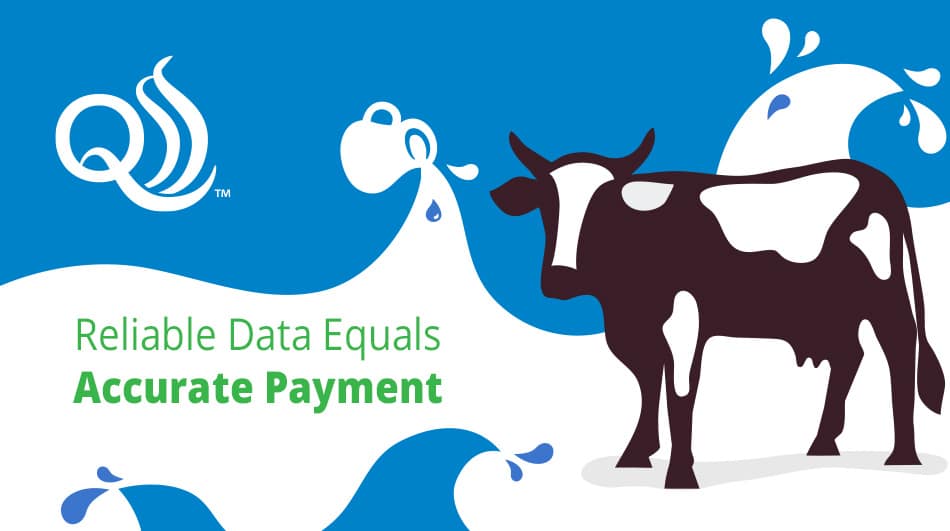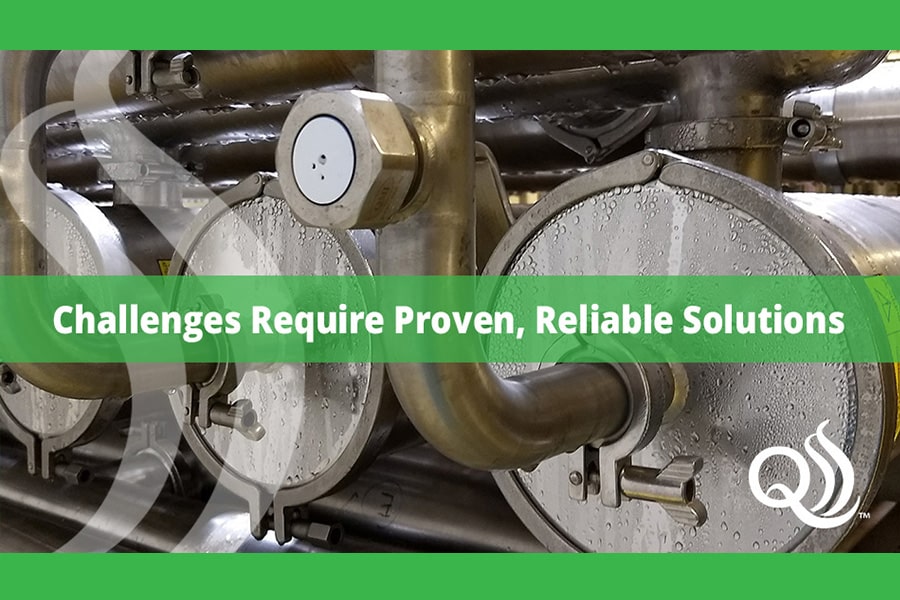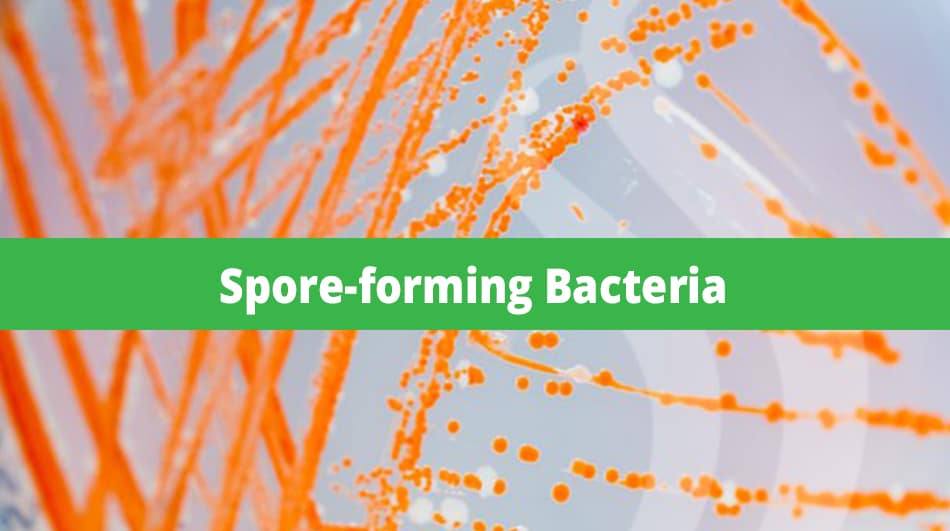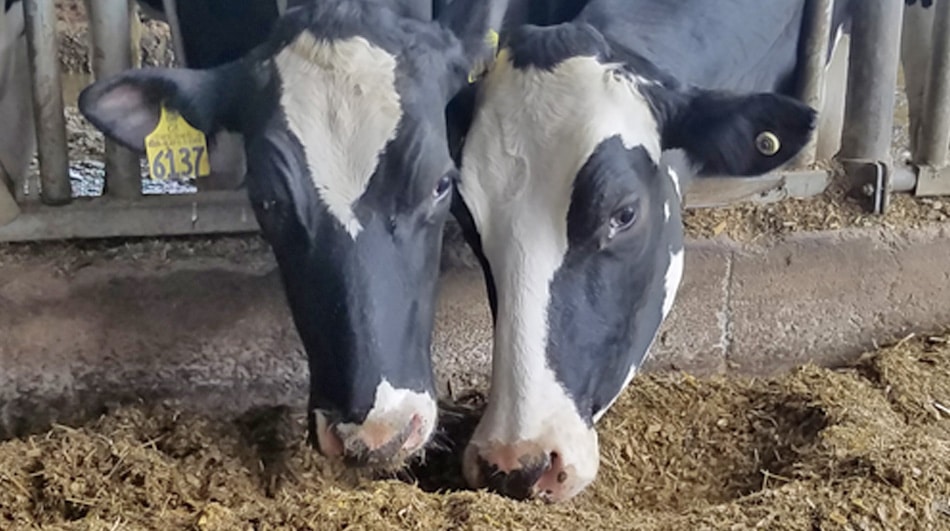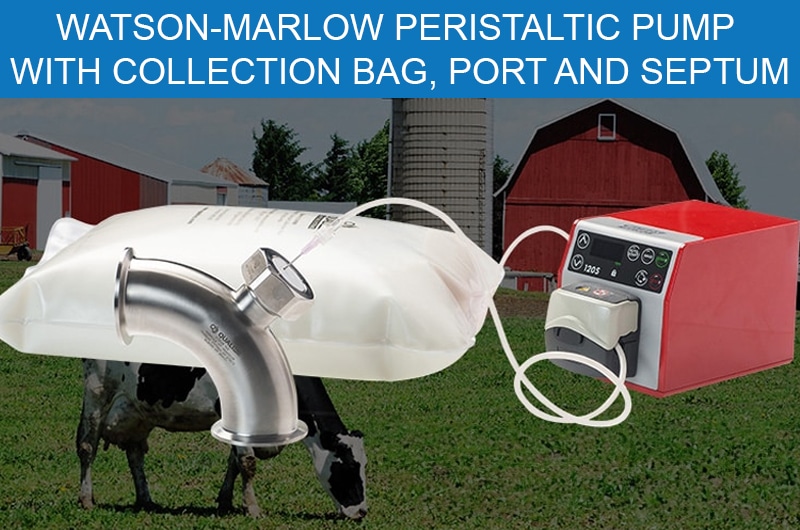Blog Posts About Liquid Sampling Written by Our Subject Matter Experts (SMEs)
Representative Sampling for Butterfat Verification
Why is representative sampling for butterfat verification important? Because reliable data equals accurate payment! Butterfat percentages in milk have been on the rise over the last decade, along with a substantial upward trend for butterfat pricing. That’s great news for farmers. It also raises the stakes regarding the accuracy and reliability of the data upon which…
Membrane Filtration Sampling
Membrane filtration is a widely used process in the dairy industry that separates specific components of milk and whey and then either concentrates or removes/reduces them. The technology used in cheese-making, whey protein concentration, fractionation of protein, and numerous other dairy processes requires special sampling considerations for both regulatory purposes and component analysis. It is…
Prevalence of Cold-tolerant Spore-forming Bacteria in the Milk Supply
The shelf life of pasteurized fluid milk is challenged by bacterial contamination that enters the finished milk supply through two portals: a) contamination by Gram-negative psychrotrophic bacteria during processing after pasteurization; and b) contamination by Gram-positive spore-forming bacteria that enter primarily through the raw milk supply. In today’s processing environment, where post-pasteurization contamination is largely…
Raw Milk String Sampling to Help Increase Feed Ration Efficiency
Raw milk string sampling has become increasingly important. This post examines the potential value of string sampling of milk to help nutritionists fine-tune ruminant formulations to provide better information and manage costs. Current feed market prices have milk producers looking for every possible way to manage costs, making the role of ruminant nutritionists increasingly important. We scrutinize…
Clean-in-Place (CIP) Troubleshooting—Following the Water Principle
When troubleshooting clean-in-place (CIP) or assisted cleaning system (ACS) cleaned processes, often, many people forget the simple basics: If you pump it in, it should come out. The Following the Water Principle is just that, as shown below in a single pass CIP/ACS system. A clean-in-place checklist Note to self, check for water! Staying true…
Using a Peristaltic Pump for Representative Sampling—FAQs
A peristaltic pump is commonly used to collect a representative milk sample by farmers and veterinarians. There are several reasons to use QualiTru’s sampling system for collecting representative composite samples of milk. These include: In this post, I’ll go over some of our new customers’ frequently asked questions (FAQs) about using a peristaltic pump for…

